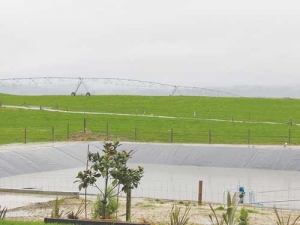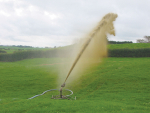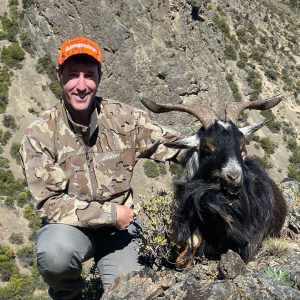This is necessary for determining many of the design specifications. The following must be taken into account in a nutrient budget:
- All farm nutrient inputs, including FDE, fertiliser, N-fixing plants (legumes), animal deposits, and any other supplements
- All farm nutrient removal processes, including volatilisation, leaching, denitrification, and plant requirements
- Health standards to be met, ie timing of irrigation with respect to stock grazing, or observing minimum separation distance from dwellings, bounding roads, and surface water bodies.
Nitrogen, phosphorus, potassium, and any other elements of local concern must be included in the nutrient budget.
A design must state which of the above considerations have been included as part of the design process. If any of the above items are not included in the nutrient budget, the designer must explain why it was not necessary to include them. If solids separation is used, both the liquid and solid components of effluent must be considered separately in the nutrient budget.
This will require separate analysis of the liquid and solid components of the effluent. Nutrient budgets are often already completed by the farmer (or consultant) on a regular basis.
This budget is often adequate. In addition, there are several analytical tools available to effluent system designers who wish to complete an independent nutrient budget. For example, the Overseer software programme is available free of charge from AgResearch Ltd www.overseer.org.nz.
Land application
Selection of an appropriate land application depth depends primarily on the:
- nutrient content of the FDE
- nutrient status of the soil
- nutrient requirements of pasture or crop
- landscape features
- water holding capacity of the soil
- soil water deficit at the time of application.
Range of depths
The FDE system must be capable of applying an appropriate range of depths to:
- keep the applied FDE in the root zone of the plants
- avoid exceeding the nutrient requirements of the plants
- comply with resource consent conditions.


















